Wat Pho, whose formal name is "Wat Phra Chetuphon Vimolmangklararm Rajwaramahaviharn", was the Royal Monastery during the reign of King Rama I. Temple is located in an area of 20 acres just south of the Grand Palace, on Sanam Chai Road. The complex of Wat Pho is divided into two main sections from the Soi Chetuphon. The northern area is the Buddhavas, the sacred section, where are the temples and massage school; the southern area is the Sangghavas, the residential area where the monks live. Originally in this area was placed the Wat Pho Dharam built around the year 1700 during the reign of King Phetracha, which was not only a temple, but the centre for teaching the traditional Thai medicine. King Rama I ordered its restructuring in 1778, during the early years of his reign, and changed its name in name in Wat Pho. A subsequent restoration was done during the reign of King Rama III. It lasted another 16 years and seven months, and included the construction of the large Reclining Buddha, the Park Missakawan, the Phra Mondob, the great hall of the library, and the teaching area. During this latest restoration King Rama III ordered the recovery of science lost and so were fixed to the inner walls of the temple 1,360 stone inscriptions divided into eight categories, which contained texts on the Buddhist teachings, the arts, the medicine and the traditional Thai massage. Wat Pho became, in fact, the first public university in Thailand, where people were free to read and learn from the stone inscriptions. The inscription stones were included in in the World Heritage by UNESCO in February 21, 2008 for their contribution to the preservation of traditional Thai culture. The school of massage and the school of traditional Thai medicine are still the most famous and quoted in the Kingdom. The Wat Pho's main temple is the Phra Ubosot, as well as in all Thai temples; it is the hall where the monks are ordained, the area of cult and of assemblies, usually called Bot in Thai. Built by King Rama I, inside there is a statue most revered of temple, the Phra Buddha Deva Patimakorn, a Buddha sitting in meditation position, at whose feet are preserved some ashes of Rama I. The temple of Reclining Buddha is located at the north of complex, near the main entrance to the public. The imposing statue of Reclining Buddha is 46 m length and 15 m height. The Buddha's body is all covered with gold, while eyes and feet are decorated with mother of pearl; on the soles of the feet are 108 wishes scenes decorated in Chinese and Indian style. A special feature that immediately strikes the visitor, is the small size of the temple in proportion to the giant statue, lying within occupies virtually the whole of the building, leaving only a small corridor with columns of a few meters wide. The hall is the only place where we can contemplate in its entirety the Buddha, trying with difficulty to find a corner to take a picture of the entire statue. The School of Thai Massage receive all those want a massage, as well offers the possibility of learning courses for those interested. During the reigns of Rama I and Rama III the Wat Pho was the centre of arts and culture Siamese, where monks taught the wisdom of traditional Thai medicine and the art of massage inherited from the past, with the ancient techniques to release the muscle tension. Even today, in addition to Thai massage, you can learn recipes of herbal medicine, diagnosis and treatment of diseases, courses of Thai pharmacy, medicine and obstetrics. The massage courses in Wat Pho enable to practice as a massage therapist.
Admission & opening hours: Wat Pho is open daily from 8:30 to 18:00, admission costs 100 THB.
Getting there: Wat Po is on Sanam Chai Road, a few hundred meters south of the Grand Palace. The best way to reach the temple is to use a taxi, unfortunately there are not stations of SkyTrain or Subway in the immediate vicinity. A simple and pleasant alternative is to use the Skytrain up to the Saphan Taksin station of Silom Line, then walk until the Sathorn Pier and from there take a Chao Phraya boat until the Tha Tien Pier, which is at a short walking distance from the entrance.Read More



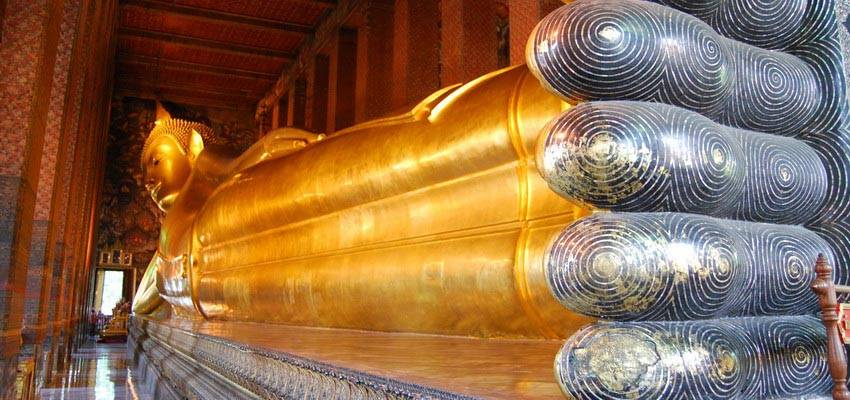


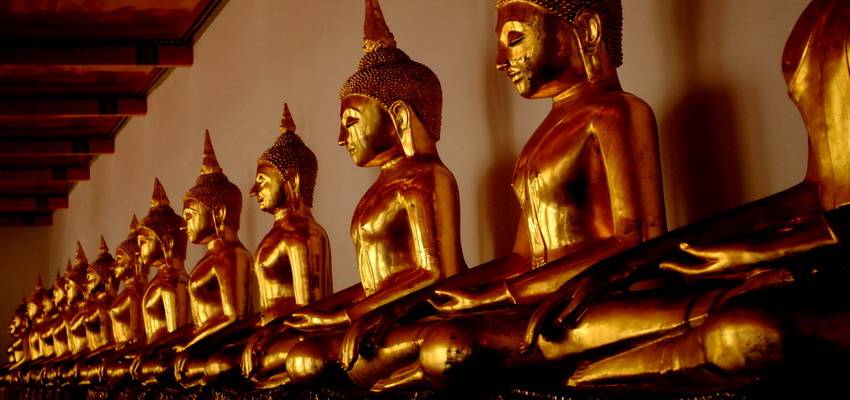
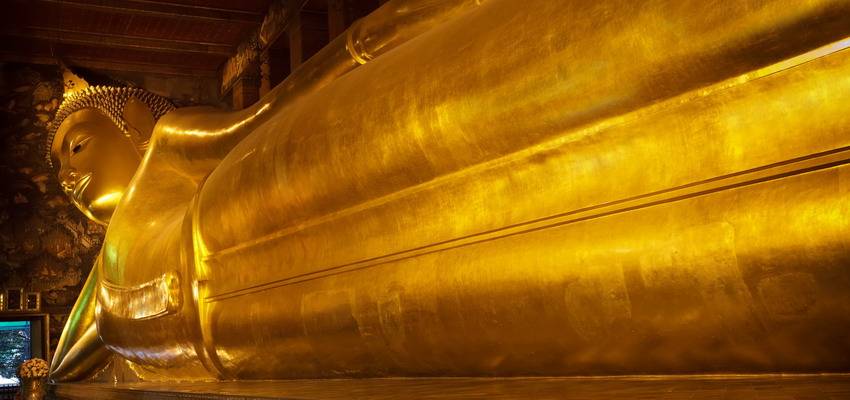




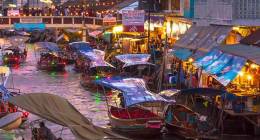

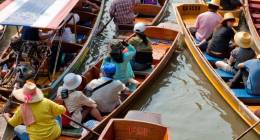

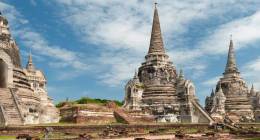

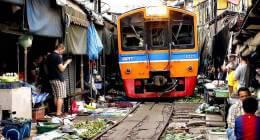







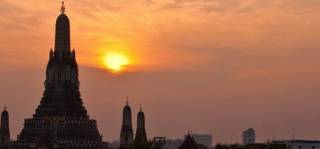
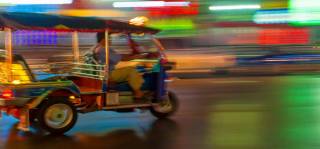
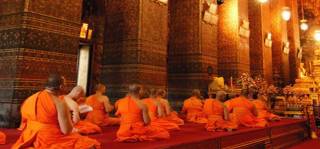


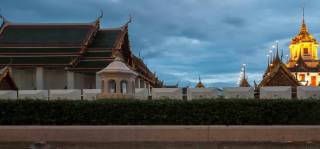

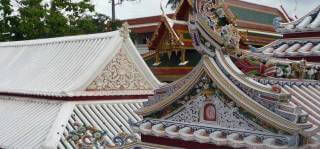
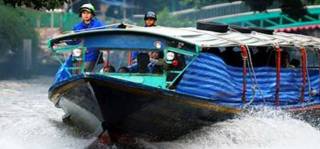

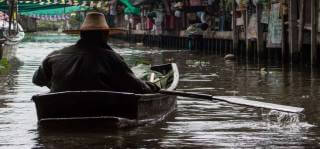
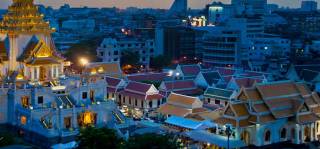
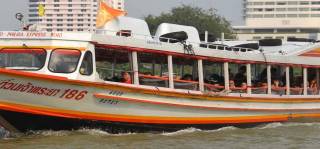

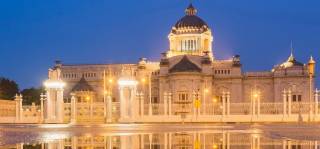


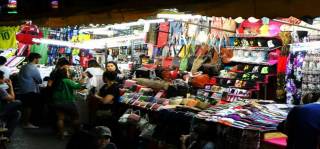

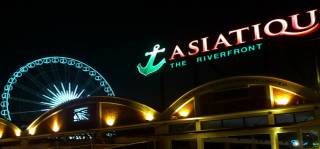

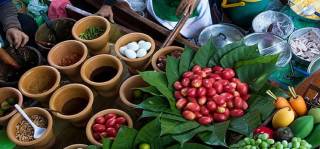


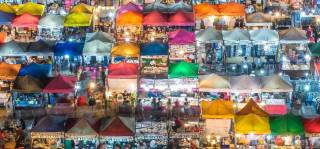


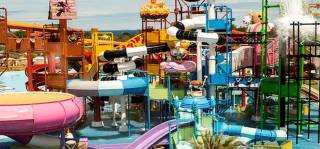

Reviews of Wat Pho ()
Leave Your Opinion Out of concern for your satisfaction and in order to fulfill your expectations, we have created a place for your opinions.